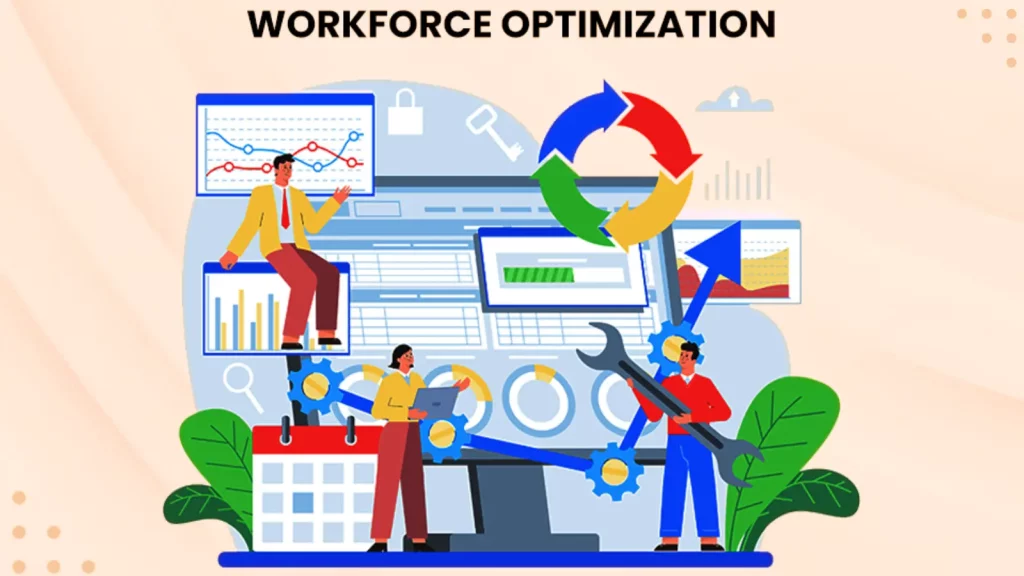How Workforce Optimization Drives Employee Retention
How Workforce Optimization Drives Employee Retention
Blog Article
How to Balance Flexibility and Efficiency with Workforce Optimization
In today's competitive job market, retaining top talent is more crucial than ever. Large turnover costs can be costly and disruptive, impacting production and morale. One efficient way to improve worker preservation is through workforce optimization. This method is targeted on maximizing the performance and satisfaction of employees by aligning their abilities and passions with the requirements of the organization. In that post, we'll examine how workforce optimization can push employee preservation and provide realistic techniques for implementation.
Knowledge Workforce Optimization
Workforce optimization requires leveraging data and technology to improve the effectiveness and usefulness of your workforce. It encompasses a selection of actions, including employee scheduling, performance management, and skill development. By optimizing these aspects, organizations can produce an even more engaged and effective workforce, finally leading to raised retention rates.

The Role of Data in Workforce Optimization
Information represents a crucial role in workforce optimization. By considering worker efficiency metrics, businesses can recognize trends and styles that impact retention. As an example, information can reveal which workers are vulnerable to making and why. Armed with this specific data, HR professionals can build targeted interventions to deal with the main dilemmas and increase retention.
Scheduling for Success
Successful scheduling is a important part of workforce optimization. By aiming worker schedules using their tastes and accessibility, companies may minimize burnout and improve job satisfaction. Furthermore, flexible scheduling options, such as for instance distant perform or compressed workweeks, will help employees achieve better work-life balance, more increasing retention.
Efficiency Administration and Feedback
Standard performance opinions and feedback are important for workforce optimization. Workers who receive constructive feedback and recognition for his or her initiatives are more prone to experience valued and engaged. Implementing an effective efficiency administration program can help organizations track development, set objectives, and offer continuous help to employees, fostering a culture of continuous improvement.

Ability Progress and Career Growth
Buying worker development is really a effective preservation strategy. Workforce optimization helps companies identify talent holes and provide targeted education and growth opportunities. By providing personnel distinct pathways for job development and advancement, companies can improve work satisfaction and devotion, lowering turnover rates.
Realization
Workforce optimization is a critical strategy for improving employee retention. By leveraging knowledge, optimizing arrangement, and buying performance management and ability development, organizations can cause an even more employed and productive workforce. In turn, that brings to higher preservation costs, decreased turnover expenses, and a stronger, more tough organization. Begin employing workforce optimization techniques nowadays and enjoy the benefits of a happier, more determined workforce.
Report this page